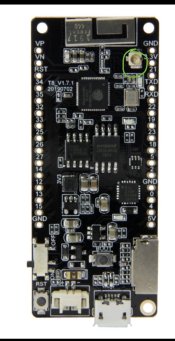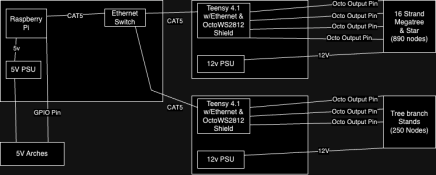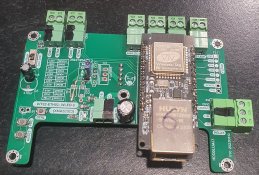- Thread starter
- #31
What I currently do is upload the fseq file from the xLights show directory into FPP, then click the “Play” button. So I will have to run FPP connect before exporting that fseq file, or after it is already in FPP?if using xLights you will create your sequences, define your controllers and run FPP Connect. FPP Connect will send a configuration to the ESPixelStickV4 based controller and then it will create special versions of your sequences and send those to the ESP.
For the LoLin, I found this reference to using an external antenna, but not sure if it will work (I also don’t know what resistor they are talking about. Is that a pin I need to ground)? https://forum.esp32.com/viewtopic.php?t=9539
Thanks!




